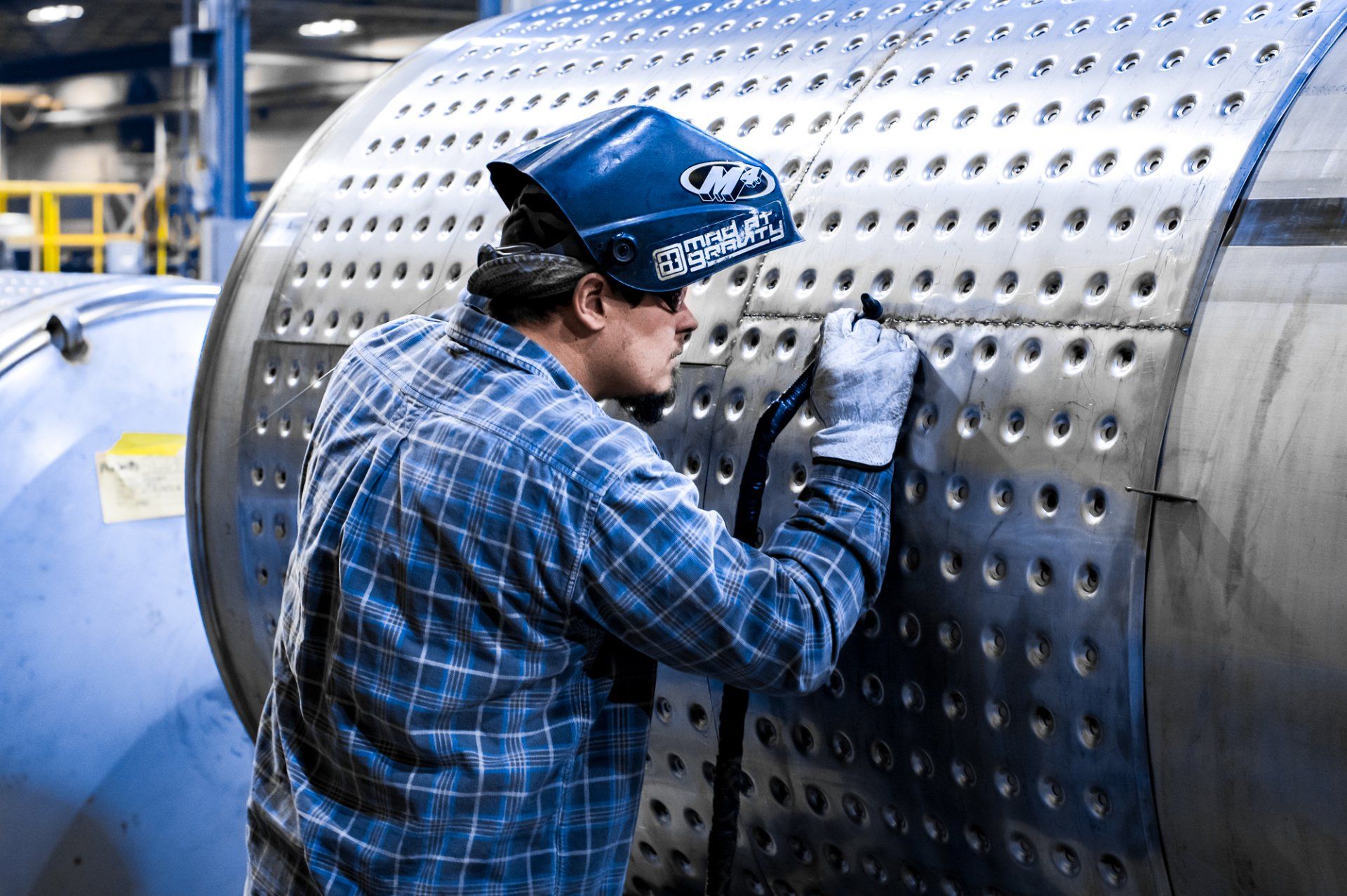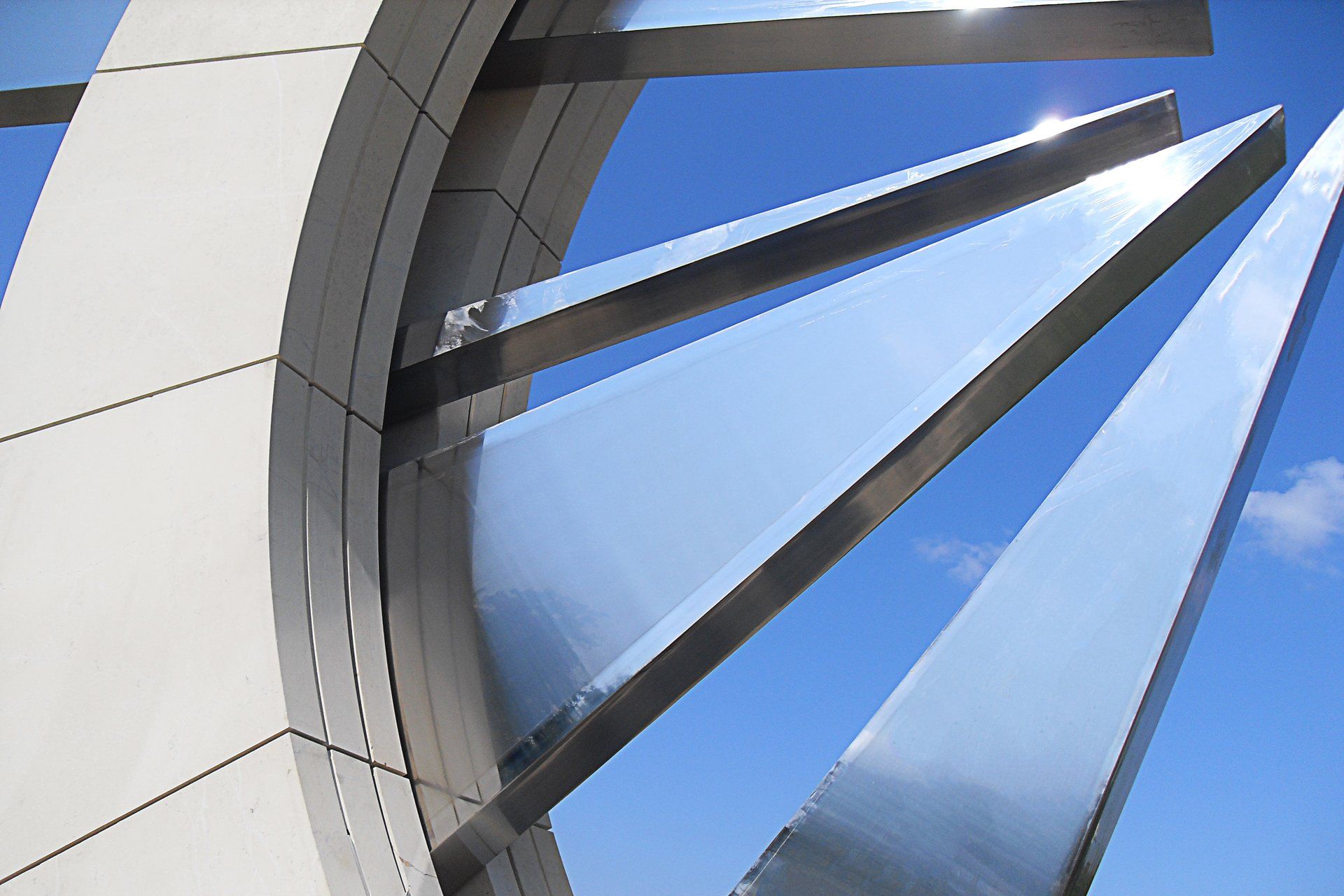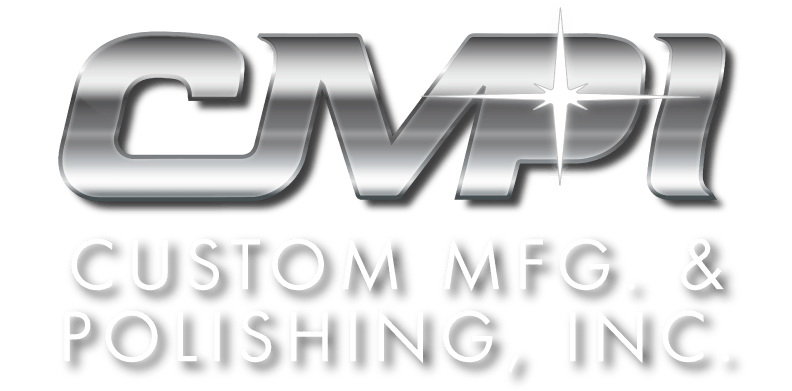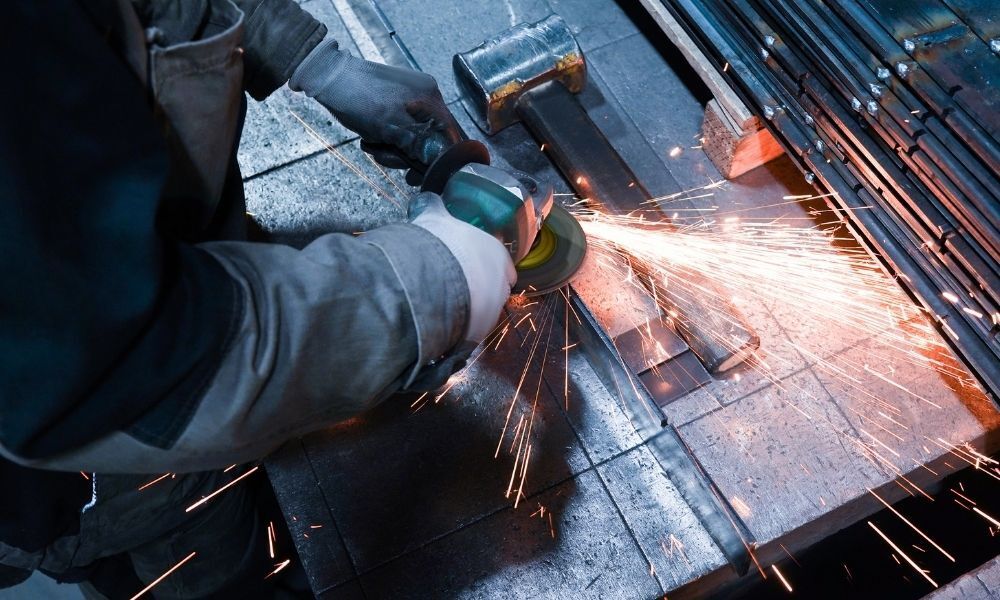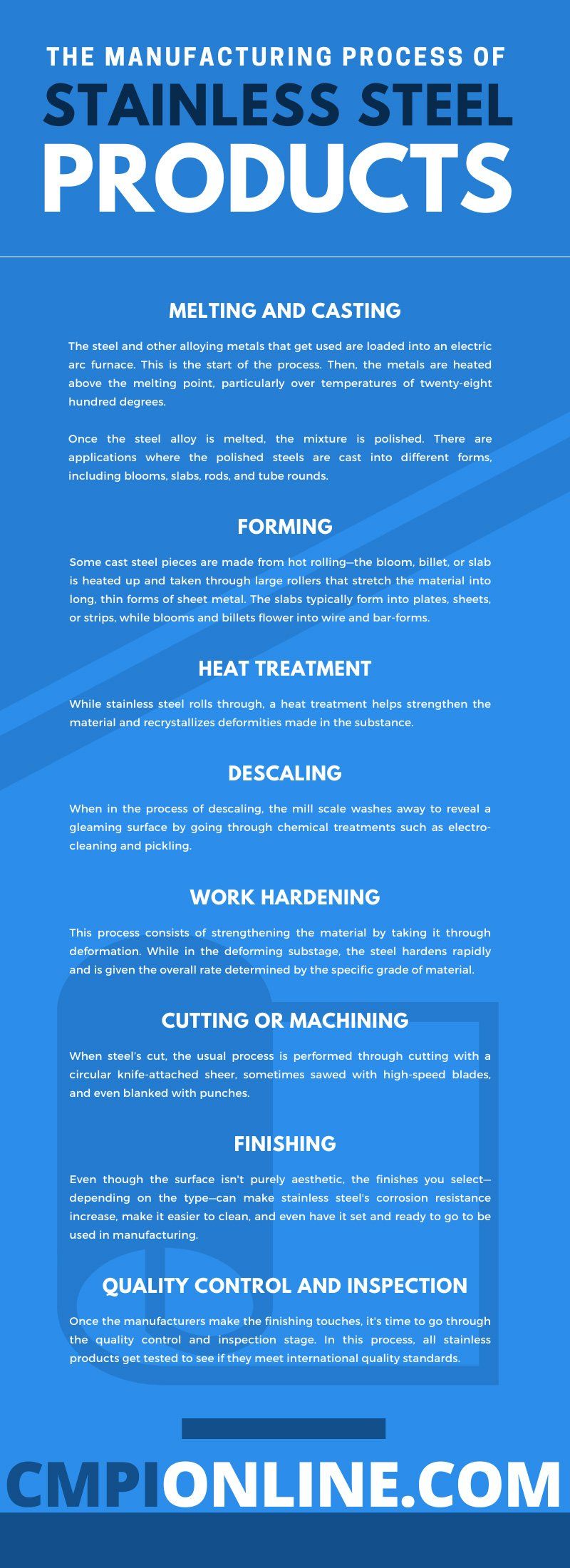The Manufacturing Process of Stainless Steel Products
Stainless steel is one of the finest raw materials to use. It’s durable and able to flex into any shape or form you can imagine. Additionally, stainless steel is corrosion-resistant, which means the material won’t have rust buildup. If you’re as fascinated by stainless-steel creations as the next person, find out about the manufacturing process of stainless-steel products.
Ways Stainless Steel Products Are Made
You can create a stainless-steel object in two ways. One way is to make it from raw pieces of steel that are rolled and joined together. The second way is pouring molten steel into a mold shaped like the final product. Debating on the better stainless steel production method all depends on what product you’re making and how you plan to use the process. Now, what is the manufacturing process of stainless-steel products?
The Process of Stainless Steel Production
Stainless steel production has multiple steps to get to the final product. The process begins with steel scraps that get melted down, cast into a specific solid shape, then treated with heat, cleaned, and polished. The entire process revolves around the following functions of the procedure:
- Melting and Casting
- Forming
- Heat Treatment
- Descaling
- Work Hardening
- Cutting or Machining
- Finishing
When you follow this process, you’ll soon have a finished stainless-steel product you can proudly display in your home or office. Read on to discover what each part of the process consists of to get to the finished result.
Melting and Casting
The steel and other alloying metals that get used are loaded into an electric arc furnace. This is the start of the process. Then, the metals are heated above the melting point, particularly over temperatures of twenty-eight hundred degrees. Since it takes time to break down—depending on what temperature, precision, and volume quantities are required—the entire melting process takes eight to twelve hours. At this stage, steel technicians often check the chemical composition and bath temperature.
Once the steel alloy is melted, the mixture is polished. Inside the furnace, argon and oxygen are pumped through to convert impurities to gas, and any remnants to form the slag to help with easy removal. There are applications where the polished steels are cast into different forms, including blooms, slabs, rods, and tube rounds. The shapes made can then be used as raw materials for wrought products. A stainless steel piece can also be cast into its final shape by molding that design. If you don’t want to move forward in the following manufacturing process steps, then this is the final step you’ll need to do.
Forming
Some cast steel pieces are made from hot rolling—the bloom, billet, or slab is heated up and taken through large rollers that stretch the material into long, thin forms of sheet metal. The hot rolling process goes above the recrystallization temperature of the steel. The slabs typically form into plates, sheets, or strips, while blooms and billets flower into wire and bar-forms.
Another form of rolling is cold rolling. It creates precise dimensions and makes surfaces shine when required. This process happens below the recrystallization temperature of the steel. When going through cold rolling, the procedure has a small wheel attached followed by a round of supporting wheels that help create smooth, vast sheets of stainless steel to help close tolerances.
Heat Treatment
While stainless steel rolls through, a heat treatment helps strengthen the material and recrystallizes deformities made in the substance. During the heating process, most stainless steel pieces get heated by an annealing treatment, which shifts the physical and, at times, chemical assets of stainless steel. The annealing process increases ductility and decreases hardness to help it become workable. The heating process also consists of relieving internal stresses on the metal and softens the surface.
Descaling
In this process, rolled stainless steel pieces receive a layer of oxidized mill scales. A brittle layered material made from iron oxides with wustite is considered a waste material. When in the process of descaling, the mill scale washes away to reveal a gleaming surface by going through chemical treatments such as electro-cleaning and pickling. When sorted through pickling, the stainless steel goes through a bath cycle filled with nitric-hydrofluoric acid. The electro-cleaning uses cathode and phosphoric acid in the descaling process of the stainless steel manufacturing process. Once the stainless steel has shed its skin in the descaling process, it's then finished with a high-pressure water rinse that gives the metal a bright finish.
Work Hardening
This process consists of strengthening the material by taking it through deformation. While in the deforming substage, the steel hardens rapidly and is given the overall rate determined by the specific grade of material. Depending on your grade, if you happen to have austenitic steels, they'll harden quicker than other types.
Cutting or Machining
When stainless steel is cut, it gets cut to the required size and shape. When steel’s cut, the usual process is performed through cutting with a circular knife-attached sheer, sometimes sawed with high-speed blades, and even blanked with punches. The other methods for cutting or machining also include open flame, plasma, and waterjet cutting.
Finishing
Stainless steel has endless options of surface finishes. Even though the surface isn't purely aesthetic, the finishes you select—depending on the type—can make stainless steel's corrosion resistance increase, make it easier to clean, and even have it set and ready to go to be used in manufacturing. The type of finish depends on the type of application.
Quality Control and Inspection
Once the manufacturers make the finishing touches, it's time to go through the quality control and inspection stage. In this process, all stainless products get tested to see if they meet international quality standards. The quality standard means that not all pieces meet the requirements to sell overseas. To help figure out the best quality to meet value standards, the stainless steel pieces undergo chemical and machinal testing in batches to check if any part meets the criteria needed to sell further than domestic.
Mechanical Testing
Mechanical testing involves determining the physicality of the stainless steel. The tests used, which include tensile and toughness, helps break down how well the steel can resist the impact of loads resting on the metal and how stressed it can get when a lot of weight is placed on top.
When a stainless steel product is brought into the testing room, they're normally split into two categories: hot and cold steel samples. This testing isn't only to help meet standards but to also meet a client's needs. When taken through the tensile testing, the samples can get tested up to twenty-one hundred and ninety-two degrees Fahrenheit. The tensile test determines how long the material can stretch until breaks. The test determines yield strength, ductility, strength, and strain-hardening characteristics.
Chemical Testing
When going through chemical testing, pieces of the metal are chipped and sampled to test its resistance to corrosion. In order to establish the corrosion resistance, the chipped pieces get sprayed with a salt spray and are observed. The observation period involves seeing how long the metal can resist without rust accumulating on its surface. The longer the stainless steel can resist corrosion, the higher its tolerance level.
Manufacturers such as Custom Manufacturing and Polishing, Inc. help pave the way for making the final stainless steel products. We ensure the processes used in manufacturing stainless steel products are up to date and meet the basic standards for international and domestic needs. For more information on other services such as custom stainless steel fabrication, contact Custom Manufacturing and Polishing, Inc. We deliver the finest services with the most meticulous attention to detail in our stainless steel manufacturing process.

